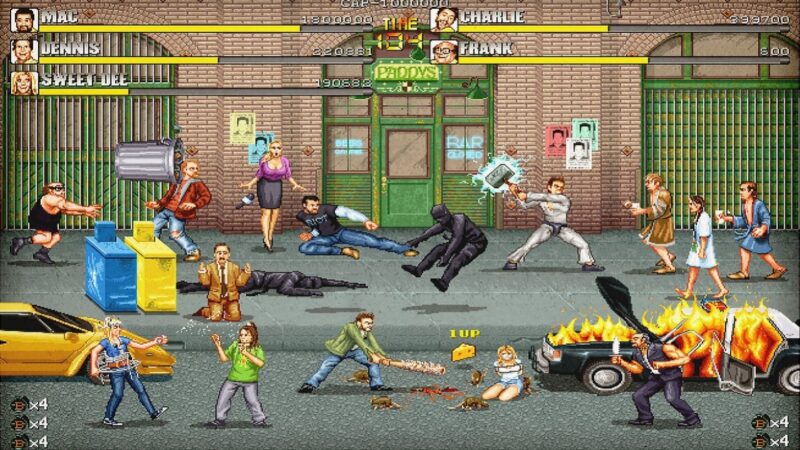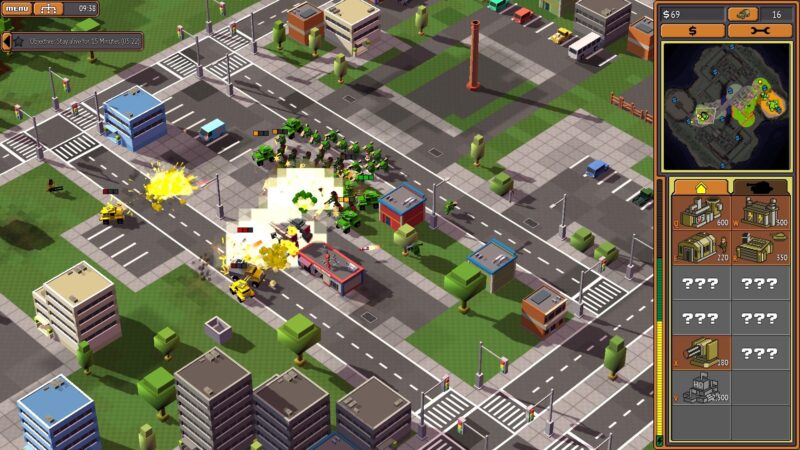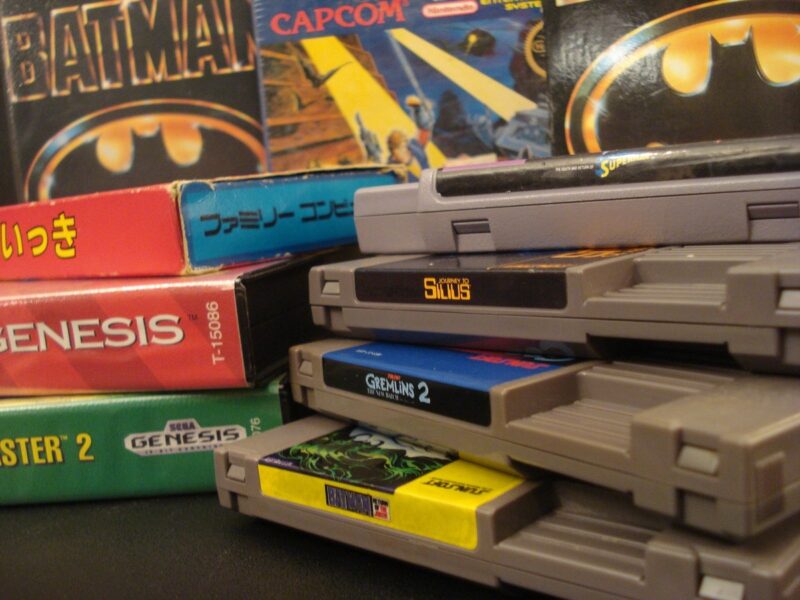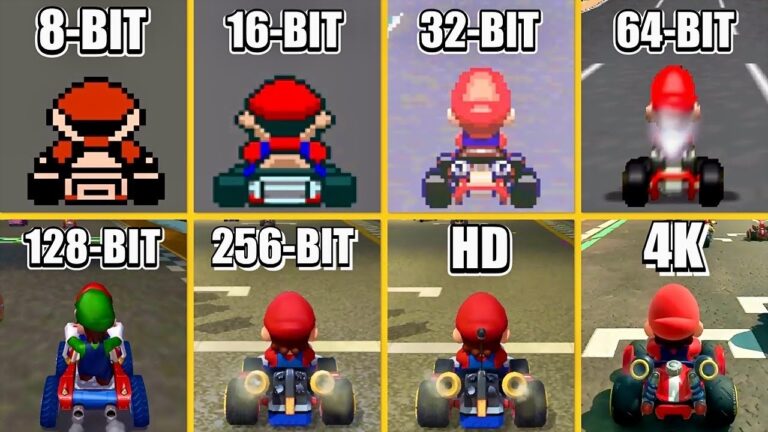Back in the days of the NES and Sega Genesis, video games weren’t trying to simulate the real world. They didn’t have cinematic cutscenes or voice acting. What they did have was a hypnotic ability to draw players in and keep them playing, often for hours on end, despite having far fewer features than today’s games.
It wasn’t about excess. It was about execution. Every frame was deliberate. Every level demanded your full attention. You learned by playing – and failing. You improved because the game taught you through itself, not through endless tutorials or guides.
These early games thrived on one core principle: clarity. And it worked.
Why Simplicity Hooked So Hard

The genius of early 8-bit and 16-bit games lies in how they balanced accessibility and difficulty. You didn’t need a manual to figure out how to play Super Mario Bros. You picked it up and ran. Within seconds, you knew your goal. But that didn’t mean it was easy.
Most of these games used a simple loop:
- Learn the rule set fast – usually in the first minute.
- Hit a difficulty spike quickly, forcing you to adapt.
- Fail, retry, repeat – until every pattern was memorized.
- Feel a surge of joy when you finally cleared the level.
This “challenge + reward” cycle kept players in flow. Games respected your time by making every move count, and that’s part of why people couldn’t put them down.
The Role of Memory and Nostalgia
There’s a reason people still hum Mega Man or Zelda tunes decades later. These weren’t just games – they were deeply emotional experiences imprinted on memory.
Pixel art and chiptune soundtracks, though limited by hardware, had a strange permanence. They hit harder because they left more room for interpretation. The brain filled in the blanks, and what remained was unforgettable.
Nostalgia isn’t just remembering old games – it’s revisiting a time when victory was earned, and when every pixelated coin or extra life gave you a real buzz.
How Modern Games Still Borrow from Retro Loops

That same dopamine loop is now everywhere – even outside traditional gaming.
A perfect example is the Plinko Game. It taps into the exact same psychological mechanism – anticipation, repetition, and reward. In Plinko, a ball drops, bounces around unpredictably, and lands on a reward. Simple, fast, satisfying.
Just like jumping gaps in Super Mario or dodging fire in Contra, the appeal lies in that blend of timing and chance. The graphics may be sleeker, the sounds crisper – but at its core, it’s the same trick: give players just enough control to feel powerful, and just enough randomness to feel alive.
What the Jump from 8-bit to 16-bit Really Added
For players who lived through it, the transition from 8-bit to 16-bit felt enormous. It wasn’t just about better visuals. It was about deeper worlds and emotional range.
Suddenly, games had:
- More nuanced music, including digital instruments and harmony.
- Expanded color palettes, which added depth and storytelling texture.
- Smoother controls, making fast action games like Street Fighter II feel far more precise.
- Narrative depth, with RPGs like Final Fantasy VI offering character arcs and cutscenes.
In other words, games became more cinematic – but without losing their bite. Designers still couldn’t rely on visual spectacle alone, so gameplay remained tight and focused. The result? A more immersive experience that still maintained its addictive feedback loop.
Iconic Characters and Sound You Can’t Shake

There’s a reason people still wear shirts with Mario or Sonic on them.
These characters were burned into collective memory not just because of brand marketing – but because they stood for consistency. Every time you loaded up a game with them, you knew what you were getting.
What made them addictive wasn’t just their look, but their feel. When Sonic ran fast, you felt like you were flying. When Mario jumped, the game told your fingers what to do next without needing to say a word.
And the music? It worked like emotional glue:
- A four-note loop could make you feel unstoppable (Power-Up theme).
- A haunting minor melody made you pause (Metroid).
- Victory jingles made you fist-pump in real life.
That sort of impact lingers.
Flow, Failure, and Grit
These games were relentlessly fair but never forgiving. You couldn’t save anywhere you liked. You had limited lives. Some games didn’t even let you continue after losing.
That setup didn’t frustrate players – it motivated them.
The constant cycle of failure, trial, and success taught players to:
- Stay patient and learn patterns.
- Treat each mistake as progress.
- Feel pride when mastery was earned – not handed out.
Modern terms like “flow state” and “grit” often describe exactly what Castlevania or Ninja Gaiden trained players to develop naturally. And once you experienced that flow, it became its own kind of addiction.
The Psychological Hook: Why It Still Works

At a neurological level, these retro games activated core brain systems: reward anticipation, pattern recognition, and memory association.
In simple terms:
They hooked your brain, not just your eyes.
You expected a reward – but didn’t always get it.
You trusted repetition – but were surprised enough to stay engaged.
You failed, but not so badly that you wanted to quit.
It’s a delicate balance – and one that modern game studios (and even non-game platforms) continue to study and replicate.
How Today’s Developers Keep the Flame Alive
Many modern indie titles are really just 8-bit games with new polish. And that’s not a criticism – it’s proof that the design still holds up.
Games like Celeste, Shovel Knight, and Dead Cells follow the same blueprint:
- Clear mechanics
- High stakes
- Immediate feedback
- Layered difficulty
Even AAA studios dip into that DNA. From Super Mario Maker to remakes like Metroid Dread, developers understand that clarity and challenge still sell.
Addictive gameplay isn’t about graphics – it’s about rhythm, repetition, and reward.
Why These Games Still Matter
8-bit and 16-bit games were addictive not because they were easy, but because they were sharp. Focused. Clean. They demanded something from players – and gave something real back.
Today’s best games still borrow these principles, even when dressed in photorealistic graphics. And for many players, those blocky sprites and 8-channel soundtracks feel more real than any cinematic triple-A title.
They weren’t just games. They were rituals. And that’s what made them addictive.

